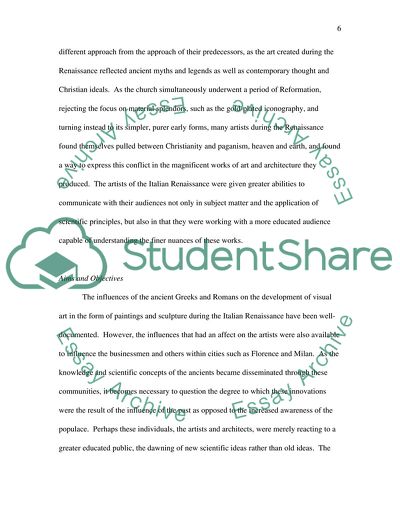Cite this document
(Italian Renaissance Urban Domestic Architecture Research Paper, n.d.)
Italian Renaissance Urban Domestic Architecture Research Paper. Retrieved from https://studentshare.org/architecture/1717011-italian-renaissance-urban-domestic-architecture
Italian Renaissance Urban Domestic Architecture Research Paper. Retrieved from https://studentshare.org/architecture/1717011-italian-renaissance-urban-domestic-architecture
(Italian Renaissance Urban Domestic Architecture Research Paper)
Italian Renaissance Urban Domestic Architecture Research Paper. https://studentshare.org/architecture/1717011-italian-renaissance-urban-domestic-architecture.
Italian Renaissance Urban Domestic Architecture Research Paper. https://studentshare.org/architecture/1717011-italian-renaissance-urban-domestic-architecture.
“Italian Renaissance Urban Domestic Architecture Research Paper”, n.d. https://studentshare.org/architecture/1717011-italian-renaissance-urban-domestic-architecture.


